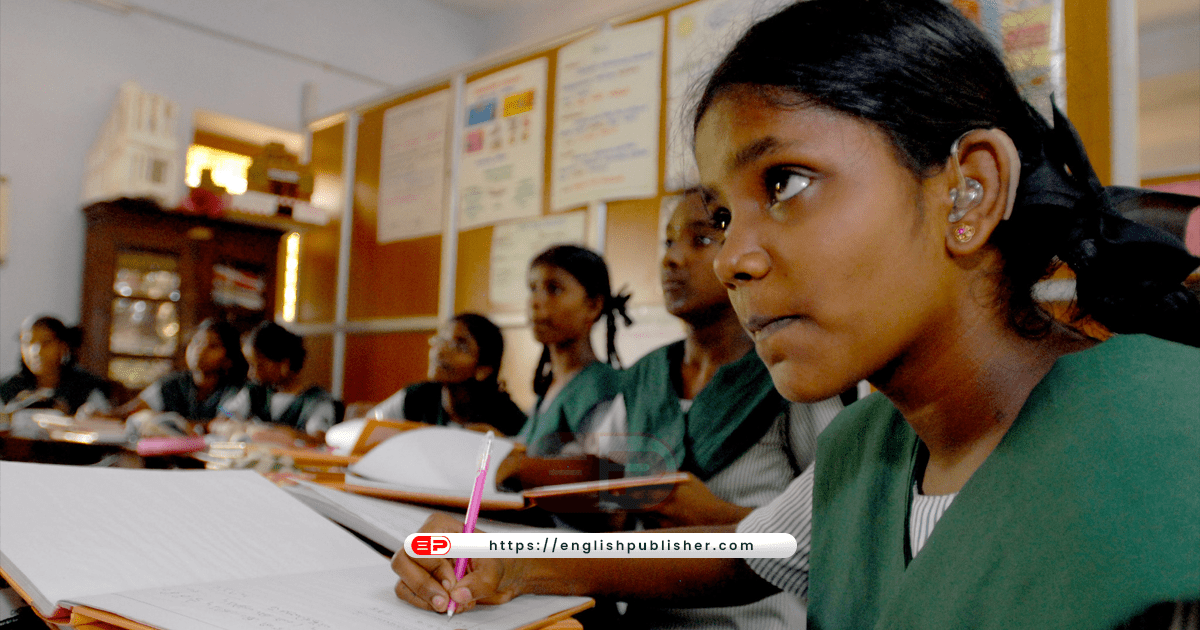It had been almost 43 years since britain occupied India when it gave the local people the right to choose their representatives. But these locals were not ordinary people at all.
The British Parliament took over the management of India from the East India Company in 1858. Small institutions were created under the Law of 1861 for local legislation. There was no representation of the local people in these bodies consisting of nominated members. Local representation was given in the institutions created under the Indian Councils Act of 1892, but very little.
Under the Indian Councils Act 1901, for the first time in British India, local people were empowered to elect their representatives in legislative bodies.
Subhash C. Kashyap writes in ‘History of India’s Parliament’ that 27 out of 68 members of the first Central Legislative Council formed under this Act were elected. But they were chosen not by ordinary people of British India but by municipalities, district and local boards, universities, chambers of commerce and associations of commercial and landowners or tea garden owners.
Legislative bodies formed under the Indian Councils Act 1909 lasted until 1915.
Under the Government of India Act 1915 and then the Government of India Act 1919, a bicameral legislative body was created at the Centre. The Central Assembly had 145 members. Of these, 105 were nominated and the rest elected. The term of the Assembly was three years.
The state council had 60 members. Of these, 34 were elected and the rest were nominated by the Governor General. The term of the council was five years.
The Act was to hold direct elections to both houses from constituencies. But only a few were given the right to vote on the basis of property or land ownership, or income tax, or municipal tax payments.
Research by A. Goyer and M. Appadurai shows that the council’s voting rights were very limited. The ability of property was kept so high that only wealthy landlords and traders could become representatives. For reserved seats, the experience of the central or provincial legislature, the head of the municipal council, the membership of the University Senate, and similar status and experience in public affairs were necessary for the vote.
V.S. Rama Devi and S.K. Mendiratta, in their book How India Votes: Election Laws, Practice and Procedure, write that even the 1919 Act did not meet the demands and expectations of the Indian people.
Natshani writes in one of her books that the British authorities argued that giving everyone the right to vote was “unsuitable for India”.
“In colonial India, elections were an exercise in limited democracy, with a limited number of voters exercising their franchise on seats reserved on religious, community and professional lines. ‘
Historian Geraldine Forbes writes that Indian women’s organizations fought hard for women’s suffrage.
In 1921, Bombay (now Mumbai) and Madras (now Chennai) became the first provinces to give women limited voting rights. Between 1923 and 1930, seven other provinces gave women the right to vote.
Dr. Forbes writes in his book ‘Women in Modern India’ that the House of Commons ignored the demands of many Indian and British women’s organizations for the right to vote.
According to Dr. Forbes, opponents of the vote “spoke of the inferiority and incompetence of women in public affairs.” ‘
Some say that giving women the right to vote will ignore husbands and children. One person even said that political activism will not enable women to breastfeed. ‘
The Government of India Act 1935 was the last colonial legal framework for India.
India’s parliament has passed a new stringent law to prevent cheating, cheating, cheating and forgery in government jobs and government college entrance exams.
Parliament on Tuesday passed the Public Examination (Prevention of Unfair Men) Act, 2024, a law to prevent the use of unfair means in government examinations. Under this, there is a provision of three to 10 years in jail for those who cheat or facilitate examinations.
Eligibility to register as voters for these elections was also limited and depended on taxes, property, education, government services, etc. and the eligibility criteria varied from state to state.
Under this, voting rights were increased to a little over three crore or about one-fifth of the adult population. A small number of them were women.
The governments of Bihar and Odisha (then the same state) tried to reduce the number of voters and take away the right to vote from women.
Dr Shani writes that the government was also of the view that “if a woman is divorced, or if her husband dies or her property is lost, then her name should be removed from the electoral roll.” ‘
The provinces also made their own laws regarding the registration of women. In Madras, a woman could be eligible to become a voter only if she was a pensioned widow or mother of an officer or soldier or her husband paid taxes, which meant she owned property.
Therefore, a woman’s ability to vote depended mostly on her husband and his ability and his social status.
“The idea of giving the right to vote and actually including women in the voter list was beyond the scope of colonial bureaucratic thinking,” says Dr. Shani.
This was also consistent with the colonial regime’s lack of trust in the illiterate people of India and their negative attitudes towards the voting rights of the poor and rural, illiterate people. ‘
